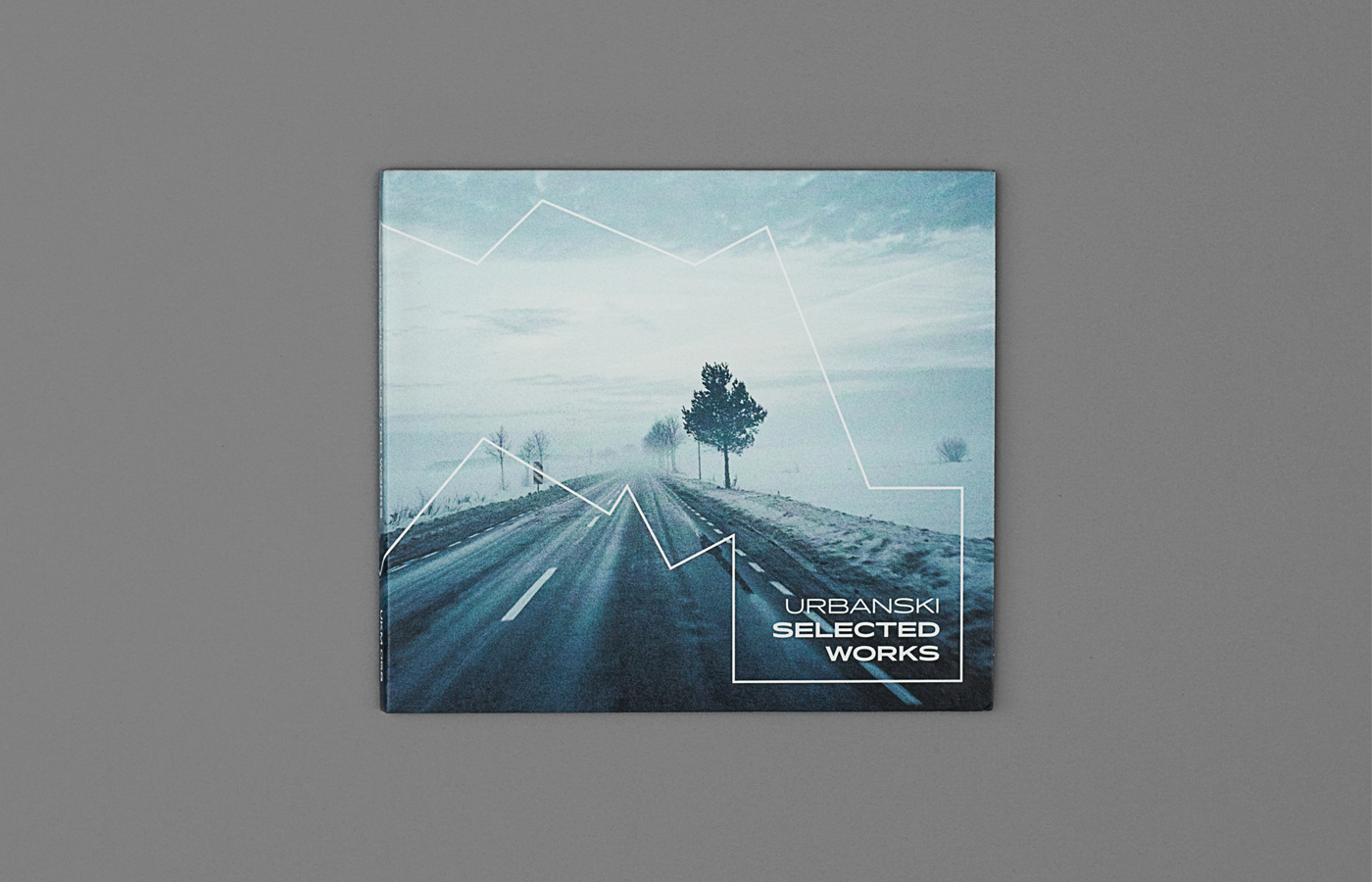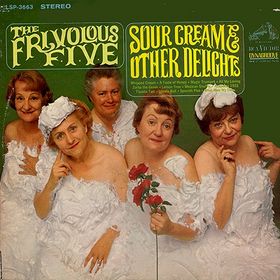Custom CD/DVD boxes, gatefold cases, invitation cards, and almost all custom packaging boxes require professional die-cutting, scoring, and folding. These are finishing techniques that require much care and attention if you want your custom pieces to look good. With proper planning and execution, these techniques add a quality look and feel to the finished piece.
Die-cutting
Much like embossing and foil stamping, die-cutting adds dimensional impact to a piece. A die-cut shape or design can open a “window” to reveal contrasting colors, finishes and/or a printed image. Die-cuts can also be as simple as a slit to hold a business card in a pocket folder.
Die-cutting is a press operation that can be combined with scoring and perforating. A die-cutting rule is made of metal strips that are bent to the desired shape. The dies are pressed into the paper to cut it. Laser die-cutting is used for more complex shapes. Labels and decals are made by a process called kiss die-cutting and run on a letterpress or flexographic press.
If you are planning on anything other than a business card slit, consult with your printer in the planning stages of the project. The printer can create the die-cut art in Illustrator which can be used as a template in the document file to prevent reworking later. Make images 1/16″ larger than the die-cut hole that will expose them.
Scoring
Scoring is often a necessary step to prevent paper from cracking when folded. Scoring is often recommended for all folds, ensuring that they look crisp and lay flat. Watch this video to know what scoring is for.
Letterpress scores are superior to litho scores and those made on folding machines and are crucial for weights heavier than 80 text and for coated papers. Scores for text weight papers are sharp and narrow; scores for cover weights are round and wide. The thicker the paper, the wider the score–as wide as twice the caliper thickness of the paper. When paper is scored, an embossed ridge is formed.
This ridge belongs on the inside of the fold. (This may be the opposite of what you expect.)
Scores can be made in any direction, although they are more difficult across the grain of heavily-inked areas. Binderies prefer to fold parallel to the grain because parallel folds present less resistance, result in fewer wrinkles, lie flatter, and create smoother lines. If a format requires two folds at right angles, the primary fold will be made parallel to the grain; the secondary fold will be against the grain.
To perforate the paper, a perfing score with “teeth” is used to make cuts in the paper. There are various sizes to accomodate all types of paper; a designer will specify either a simple perf or a micro perf. Perfing can be done online, on the folder, or offline (on a letterpress if running with other scores and diecuts).
For the best results, make sure the paper has retained enough moisture from the printing press before it is scored and folded. If the paper is too dry to score properly, try running it though the press again to remoisten it with fountain solution.
Folding
Folding is done by machines which work within a tolerance of about 1/32″ per fold. The more folds, the more carefully the job must be planned. A 1/32″ variation in the first fold can shift the second fold 1/16″, and the third fold 1/8″. Paper lighter than 50 lb. text can wrinkle in folding machines; paper heavier than 80 lb. text, especially coated paper, must be scored before folding. In general, binderies are better able to handle multiple folds better than a mailing house.
To prevent cracking, score at every fold and do not print solid colors on coated stock at the fold line. Scores and folds that run parallel to the grain will present less cracking and lay flatter. If a format requires two folds at right angles, the primary fold will be made parallel to the grain; the secondary fold will be against the grain. Make a paper dummy to test your folds on the specified stock and plan for crossovers. Printing copy across folds can be done with large type and spacing to allow for the 1/32″ variation.
This useful article is from mohawkpaper.com and originally appeared on their website. Some of the text above were modified by Scott Yankton. Videos courtesy of LILTEX10 and ThepaperPlace.
__________________________________________________________________________
Unified Manufacturing is an L.A. -based one-stop-shop that offers very affordable CD/DVD/USB replication, custom printing, promotional products, warehousing and fulfillment and many more. If you need an Instant Quote on a project and you want FREE SHIPPING, simply CLICK HERE.




